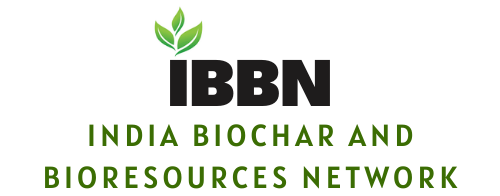The Biochar Handbook has been produced under the Residues to Best Use project, which was set up to create a climate-smart, sustainable and circular society by developing ways to minimise the environmental and climate impact of organic residue while promoting the creation of useful, in- emand products and enabling carbon sequestration. The goal? A greener, healthier world.
Biochar is one of many methods of reducing levels of carbon dioxide in the air and creating a lasting carbon sink in the ground. Biochar must, however, be used in a prudent and scientific way that clearly and informatively explains both its positive and possibly negative effects.
The aim of this handbook is to present what is currently understood about biochar and its use in urban Swedish environments, and to inspire innovative climate-smart biochar projects. One of the main parts of the handbook outlines the results of the Residues to Best Use project (www.biokol.org) in which various organic residues, such as algae and seaweed, sewage sludge, agro-biopellets and park and garden waste, have been pyrolysed into biochar, which has then been used in different types of cultivation trials.
In working towards the development of a biochar standard, defining the properties of biochar produced from different residue products and at different pyrolytic temperatures, and identifying the positive and negative effects of different kinds of biochar, we aim to give biochar users practical tips and advice on how biochar can be used, what should be borne in mind when using it, and how to select the most appropriate biochar for its intended purpose.
This is the first version of the handbook. The hope is to keep it updated as we learn more about the properties and uses of biochar.

